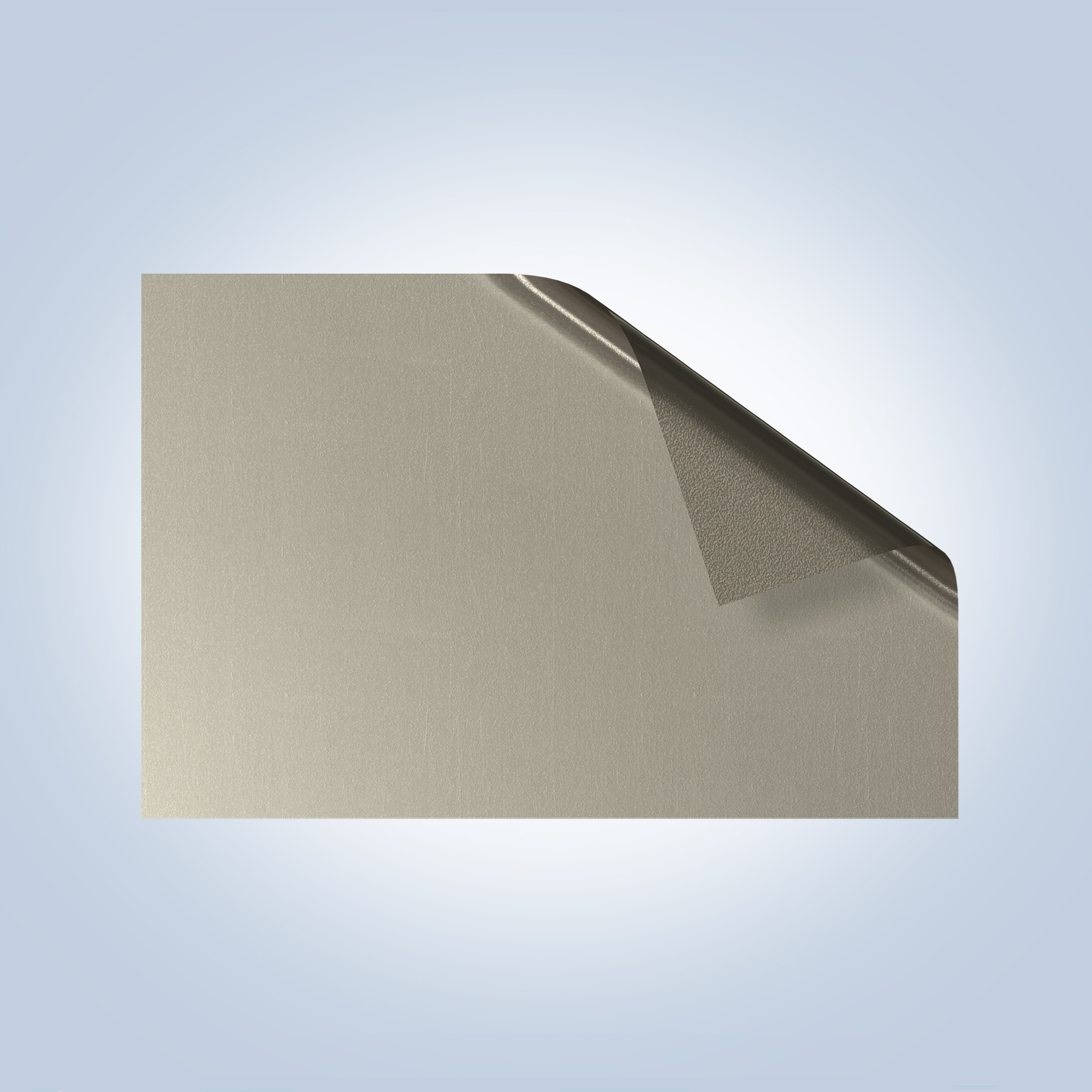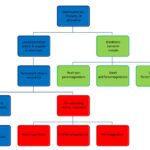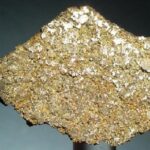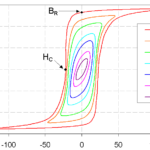 TDK Corporation extends its Flexield family of magnetic shielding materials with the introduction of the IFQ06, offering high permeability (μ’) and low magnetic loss (μ”) designed for near-field communications (NFC) applications. The IFQ06 material provides highly effective protection against performance-reducing design features that can complicate NFC designs, such as metal objects directly behind the antenna.
TDK Corporation extends its Flexield family of magnetic shielding materials with the introduction of the IFQ06, offering high permeability (μ’) and low magnetic loss (μ”) designed for near-field communications (NFC) applications. The IFQ06 material provides highly effective protection against performance-reducing design features that can complicate NFC designs, such as metal objects directly behind the antenna.
With the evolution of ever smaller and more multifunctional electronic devices, it is increasingly difficult to keep advanced functionalities from interfering with each other. NFC communication uses electromagnetic induction where the antenna receiving a carrier wave from a reader/writer allows the onboard IC chip to perform signal processing.
Metal objects, in particular, can absorb or disturb the magnetic flux lines of the generated H field, creating eddy currents that reduce effective range. These disturbances can also shift the inductance value and self-resonance frequency, reducing performance because of tuning issues between the two antennas. In some cases, metal close to the antenna will carry an induced current that produces a countering magnetic field, shortening the communication distance and making communication impossible.
By placing the newly released IFQ06 series material between the antenna coil and any metal surface, the magnetic flux is confined within the magnetic shield that is generated by the reader/writer. As a result, the generation of an induced current on the metal surface is eliminated and optimum 13.56 MHz communication conditions can be maintained.
Other benefits of the IFQ06 series include: Shaping/directing the magnetic H field: Influencing the quality factor (Q) of the inductive antenna; Increasing the coupling factor (K) between the two antennas; Helping set the inductance value (Ls) for resonant tuning; Completing the magnetic field path; Improving security by encapsulating the magnetic field and its respective information;
TDK’s IFQ06 flexible magnetic sheet materials are offered in a choice of three formats: roll or sheet materials ideal for prototyping, lower volumes or where large areas need to be covered; and custom cut parts to exactly match design requirements for higher volume or automated assembly options.







Leave a Reply